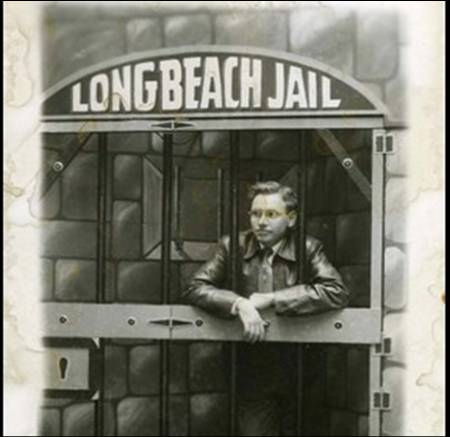Druckenmiller is a legendary investor, and protégé of George Soros, who compounded capital ~30% annualized since 1986 before announcing in 2010 that his Duquesne fund would return all outside investor capital, and morph into a family office. Many of our Readers reside in the House of Value, but I believe that value investors can learn from those with more trading-oriented or macro philosophies – especially in terms of volatility considerations, trade structuring, and capital preservation.
The following portfolio management highlights were extracted from an interview with Stanley Druckenmmiller in Jack D. Schwager’s book The New Market Wizards. Be sure to check out Part 2 & Part 3.
Trackrecord, Capital Preservation, Compounding, Exposure
“Q: Your long-term performance has far surpassed the industry average. To what do you attribute your superior track record?
A: George Soros has a philosophy that I have also adopted: he way to build long-term returns is through preservation of capital and home runs. You can be far more aggressive when you’re making good profits. Many managers, once they’re up 30 or 40 percents, will book their year [i.e., trade very cautiously for the remainder of the year so as not to jeopardize the very good return that has already been realized]. The way to attain truly superior long-term returns is to grind it out until you’re up 30 or 40 percent, and then if you have the convictions, go for a 100 percent year. If you can put together a few near-100 percent years and avoid down years, then you can achieve really outstanding long-term returns.”
“Many managers will book their profits when they’re up a lot early in the year. It’s my philosophy, which has been reinforced by Mr. Soros, that when you earn the right to be aggressive, you should be aggressive. The years that you start off with a large gain are the times that you should go for it. Since I was well ahead for the year, I felt that I could afford to fight the market for a while. I knew the bull market had to end, I just didn’t know when. Also, because of the market’s severe overvaluation, I thought that when the bull market did end, it was going to be dramatic.”
We’ve discussed the importance of capital preservation, and its complementary relationship to long-term compounding. Here is Drunkenmiller’s well-articulated version of the same concept…plus a fascinating twist.
As dictated by the Rules of the Game, the scorecard in the investment management world is your trackrecord in the form of calendar year returns. The concept of earning the “right to be aggressive” in certain calendar years echoes in my mind like a siren song, so dangerous yet utterly irresistible.
Most traditional value investors would not dare dream of enacting such a brazen act. But, if you keep an open mind to ponder and digest, it makes a lot of sense.
UPDATE: One Reader (and friend who is very very bright) suggested that the genius behind the "right to be aggressive" derives from its utter contradiction of traditional value doctrine. Buffett and Munger would say wait for an opportunity and then be aggressive. Druckenmiller's effectively saying that he doesn't think you can ever truly know when it's a great time....so you wait until you know something for a fact: that you are having a good year.
Expected Return, Opportunity Cost
“…an attractive yield should be the last reason for buying bonds. In 1981 the public sold bonds heavily giving up a 15 percent return for thirty years because they couldn’t resist 21 percent short-term yields. They weren’t thinking about the long term. Now, because money market rates are only 4.5 percent, the same poor public is back buying bonds, effectively lending money at 7.5 percent for thirty years…”
Sadly the situation has deteriorated further. Today, money markets yield ~0% and thirty year bonds pay ~3%.
It’s important to remember that portfolio expected return should not be determined solely based upon returns available today, but also opportunities around the corner, not yet visible. This is what makes opportunity cost so difficult to determine – it's often a gut judgment call that involves predicting the availability of future expected returns.
Team Management
On working with George Soros:
“The first six months of the relationship were fairly rocky. While we had similar trading philosophies, our strategies never meshed. When I started out, he was going to be the coach – and he was an aggressive coach. In my opinion, Gorge Soros is the greatest investor that ever lived. But even being coached by the worlds greatest investor is a hindrance rather than help if he’s engaging you actively enough to break your trading rhythm. You just can’t have two cooks in the kitchen; it doesn’t work. Part of it was my fault because he would make recommendations and I would be intimidated. After all, how do you disagree with a man with a track record like his?
Events came to a head in August 1989 when Soros old out a bond position that I had put on. He had never done that before. To make matters worse, I really had a strong conviction on the trade. Needless to say, I was fairly upset. At that point, we had our first let-it-all-out discussion…Basically, Soros decided that he was going to stay out of m hair for six months.”















